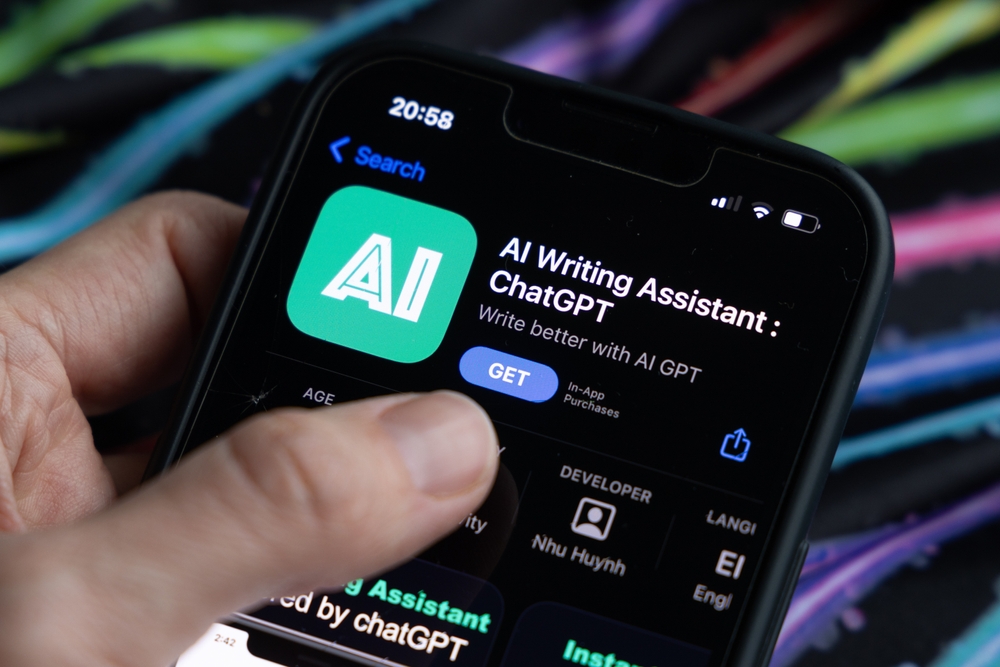Generative AI Is the New Insider Threat—Here’s Why
Generative AI tools are now everyday productivity boosters across industries—helping draft emails, summarize documents, and troubleshoot problems. But behind this convenience lies a growing security risk that few organizations are prepared for: insider threats in the form of employees unknowingly turning AI tools into channels for data leaks.
Unlike malicious insiders, this threat stems from good intentions—employees simply trying to work more efficiently. A lawyer pastes a draft NDA into ChatGPT for a quick review. A developer uploads proprietary source code to a large language model for debugging help. A doctor asks an AI tool for diagnostic suggestions based on a patient’s symptoms. These actions, while seemingly harmless, can expose highly sensitive, regulated, or proprietary data to unknown third parties.
AI Tools Are Collecting Your Data
Generative AI platforms often collect user input to improve their models. Some may delete data after a session ends, but others retain it—especially if chat history is enabled. Unless explicitly stated in their terms of service, you should assume that data may be stored, reused, or used to train future models. For enterprise IT and security teams, this introduces a critical visibility gap: sensitive data is being entered into tools beyond their monitoring or compliance controls.
AI Tools Are Not Designed for Secure Storage
Unless you’re using an enterprise-grade version of a generative AI tool that complies with regulations like HIPAA, GDPR, or SOC 2, these platforms are not built to store confidential information securely. They may offer general cybersecurity protections, but that’s not the same as secure, encrypted, and compliant storage. Inputting personal, financial, legal, or medical information into a consumer-facing AI tool is the digital equivalent of leaving confidential files on a public bench.
AI Search Isn’t Truly Anonymous
Even platforms like Perplexity that advertise privacy often collect metadata—such as IP addresses and prompt history—that can be used to build profiles or improve their models. Just because your name isn’t attached doesn’t mean your data is invisible or protected. If the tool is free, assume the data you provide helps support the business model.
How Organizations Can Stay Ahead of the Insider Threat Risk
To mitigate this new class of insider threat, organizations should:
- Establish clear policies around generative AI use
- Train employees on what data should never be entered into AI tools
- Enforce privacy settings and disable history where possible
- Evaluate enterprise-grade AI tools with compliance capabilities
Generative AI can be a powerful asset—but only when used responsibly. In the race for efficiency, don’t let security fall behind.
